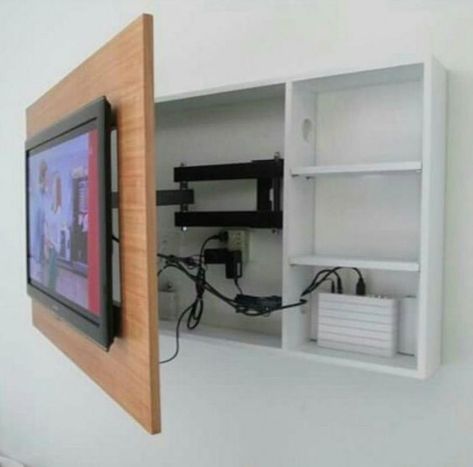Heat rejection within data centres: the path to optimisation
For others, such as the UK’s busiest airport, Heathrow, the biggest benefit arises from having the fewest number of people on site and the fastest possible delivery.
the BIM model is one ‘view’ of the data set, not the other way round).What’s more, as we move further into a construction Platforms space, we will increasingly see the data set of a design able to talk directly to the manufacturing marketplace.

This means we’ll be able to access instantly both the cost and availability of a project’s components.For example, Xometry, a company in the United States, is already being used by major manufacturers.Xometry sends the digital file of the required components out to its distributed network of pre-qualified manufacturers all over the USA.

They then get a price.Once the customer is happy with that price, they bring the components together.

This allows them to tap into an enormous network of individual specialists, all through one, single website..
The Construction Innovation Hub is an initiative backed by the UK government, with a remit to drive innovation in the construction industry.Ultimately, the construction industry needs to find a balance between prescription and innovation.
Lamont believes we need BIM 19650 in terms of language and connectivity to ensure we’re getting the consistency of outcome we require.However, he doesn’t think BIM on its own is going to save the day in terms of driving industry change.
He says both prescription and innovation have a role to play.With respect to 19650 and UK standards, he says there’s a recognition in Australia that some kind of standard is needed to meet the requirement, but currently people are doing a little bit of their own thing.




